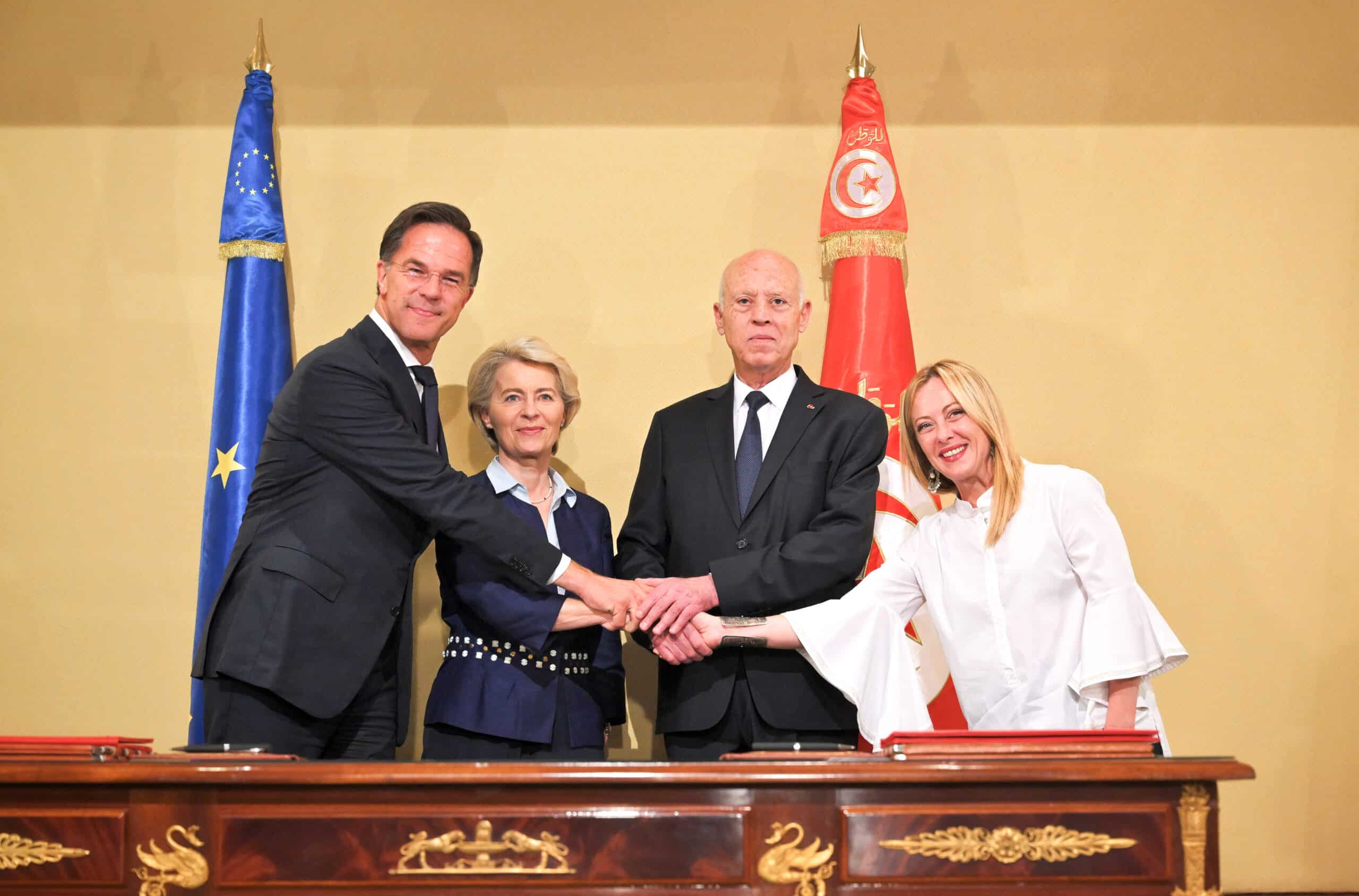The buildings constructed for emergency were much more expensive than necessary and were consigned late
On average the cost per square meter is 158% higher than the standard
 The buildings were permanent instead of temporary, much more expensive than necessary and consigned late. The EU Court of Auditors doesn’t hold back on criticizing handling of funds for the 2009 earthquake in Abruzzo. At the time of the disaster, the EU furnished, through its own Solidarity Funds, a contribution of 500 million Euro to the Italian Emergency Operation. Today the European judiciary accountants examine how these funds were handled and there is plenty of reason for confusion.
The buildings were permanent instead of temporary, much more expensive than necessary and consigned late. The EU Court of Auditors doesn’t hold back on criticizing handling of funds for the 2009 earthquake in Abruzzo. At the time of the disaster, the EU furnished, through its own Solidarity Funds, a contribution of 500 million Euro to the Italian Emergency Operation. Today the European judiciary accountants examine how these funds were handled and there is plenty of reason for confusion.
In close observation of the Court’s report, presented today, particularly the so-called CASE Project (“anti-seismic proof and eco-friendly buildings”) that absorbed 70% of European Financing, over 350 million Euro. They provided housing for 15,000 people affected by the earthquake but “did not respond quickly enough and with enough room for the actual needs of the population” the Court of Auditors point out. “Only 6,300 – the report reads – were able to receive lodging before the end of November, while the last apartments were made available in March 2010.” Timing that incurred additional housing costs for the displaced citizens who had to pass the winter months in hotel.
The costs are another painful issue. Buildings constructed after the earthquake were “much more expensive than those built in normal times.” The Court compared the cost of buildings in the CASE Project to standard costs applied in Italy. The result: on average the price per square meter of the apartments built for the Abruzzo emergency is 158% higher than the standard.
But to make the CASE Project inconsistent even further is the type of building constructed: permanent housing and not temporary, whereas the rules of the European Solidarity Fund call for the grants to be used exclusively for “emergency operations.” Or projects of true reconstruction must be left to other means. Furthermore, according the Court, the apartments built in the CASE Project range would generate noticeable revenue in the future: events not forecasted by the rules for manageing the funds.
The Court report prompted the European Commission to rethink the rules on the “temporary accommodation” after natural disasters. “I am happy the Commission will take advantage of the opportunity provided by the next re-examination of the rules disciplining the EU Solidarity Fund – the member of the Court of Auditors who is responsible for the report commented, Ville Itälä – not only to clarify the concept of estimated costs for housing but also to encourage member states at risk to implement real preparation plans.” Prevention that, in the case of Abruzzo was not adequate: “There were shortcomings in planning – Itälä highlighted – in spite of the fact that Abruzzo is one of the highest risk areas for seismic activity in Europe.”
From the Commission a spokesperson for the Head of Regional Affairs, Johannes Hahn, affirms that “the CASE Project in these circumstances fully respected the conditions and objectives of the regulations for the EU Social Funds, given that they responded to the immediate needs of thousands of people who were without homes after the earthquake.”
Letizia Pascale


![Una donna controlla le informazioni sul cibo specificate sulla confezione [foto: archivio]](https://www.eunews.it/wp-content/uploads/2014/12/Etichette-alimentari.jpg)


![Ragazza in biblioteca. Nell'Ue chi studia non lavora e neppure cerca. In Italia funziona ancor più così [foto: Tulane University, Wikimedia Commons]](https://www.eunews.it/wp-content/uploads/2024/11/Girl_in_the_Library_3638661587-350x250.jpg)



